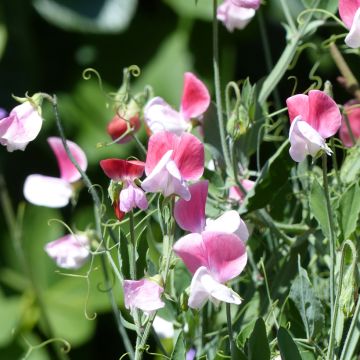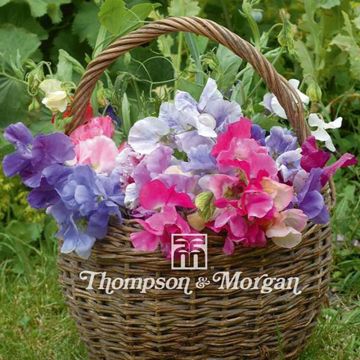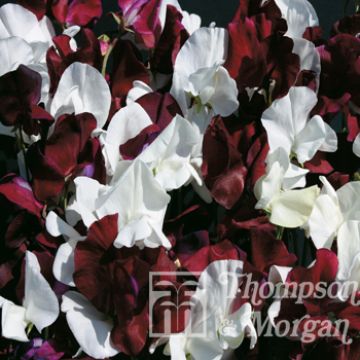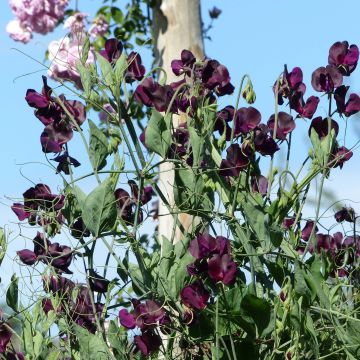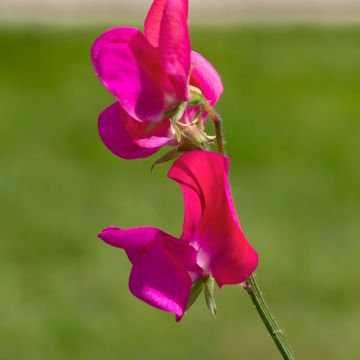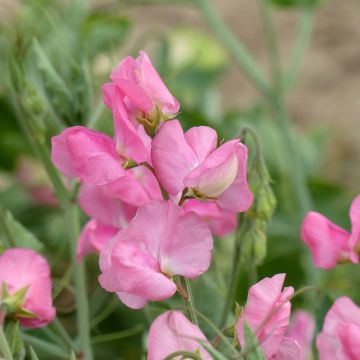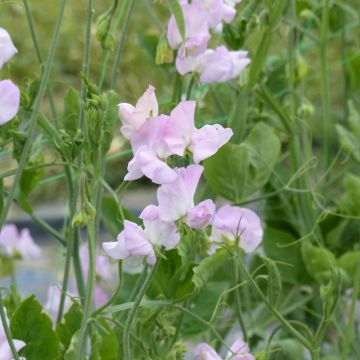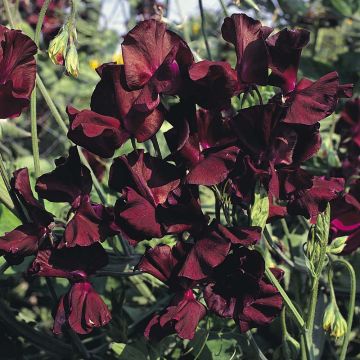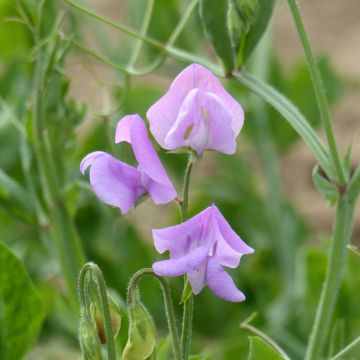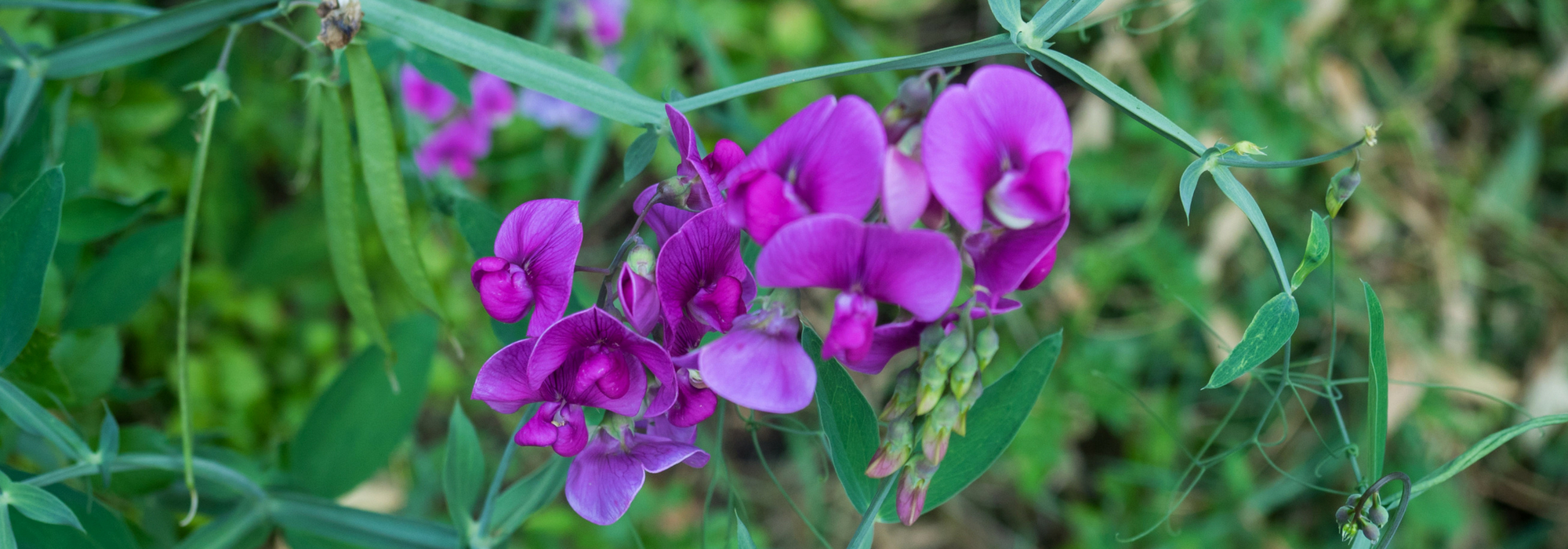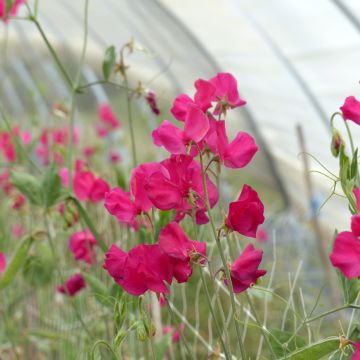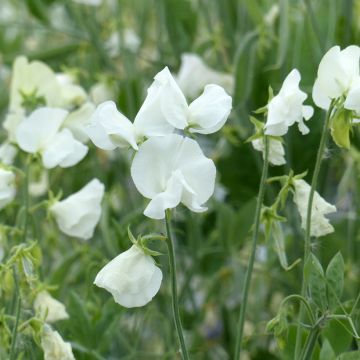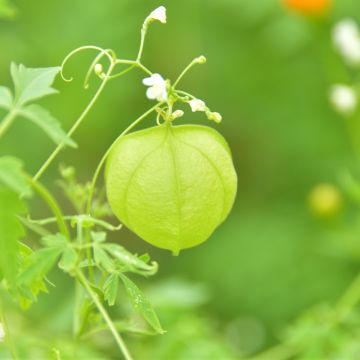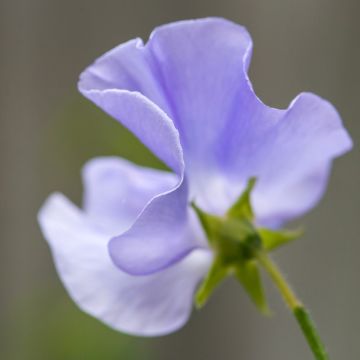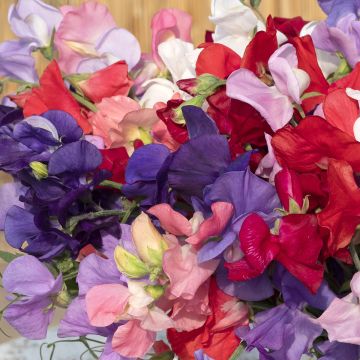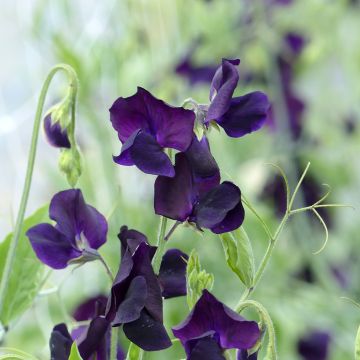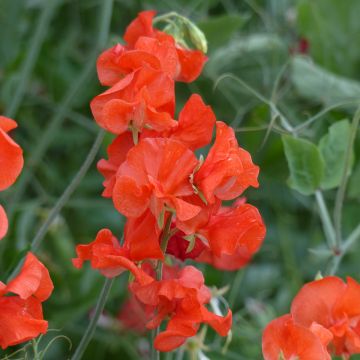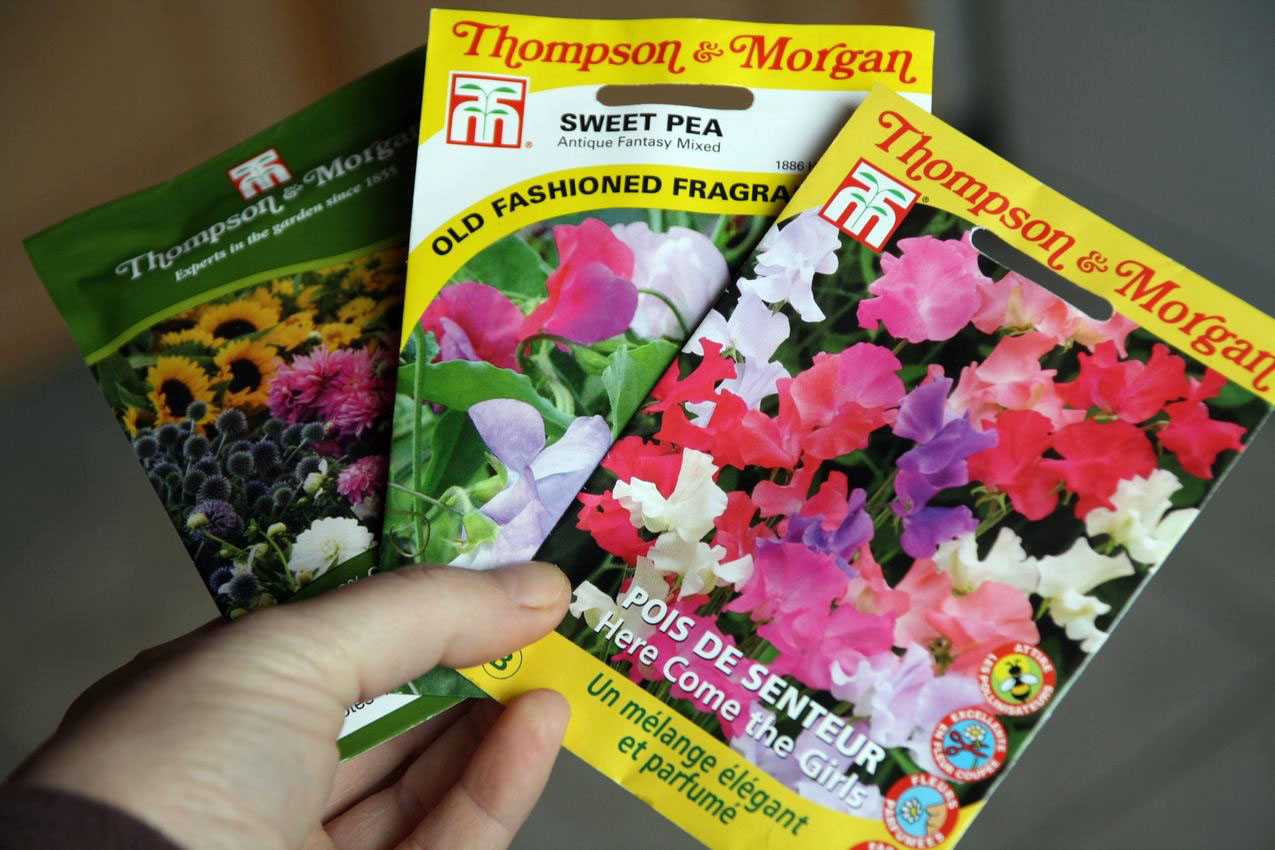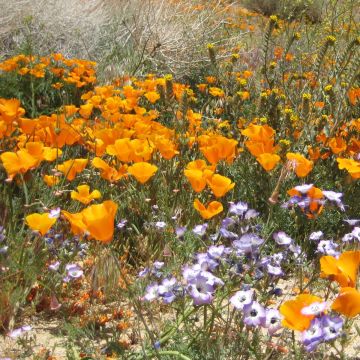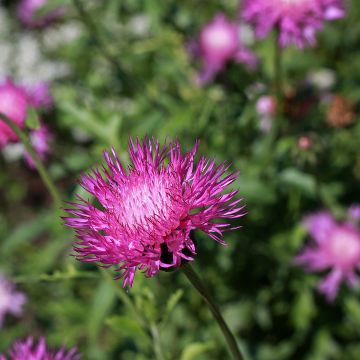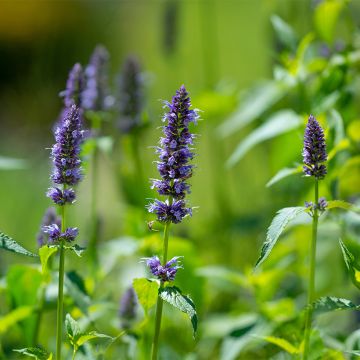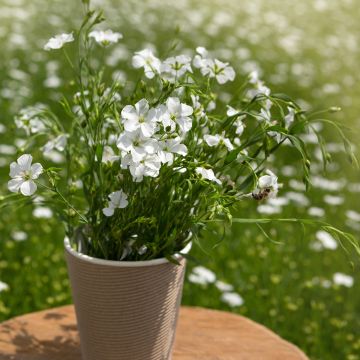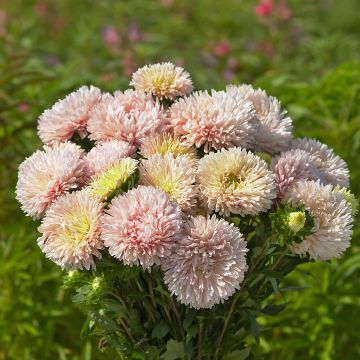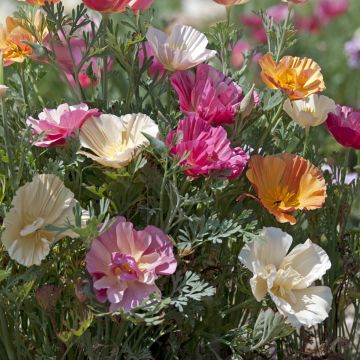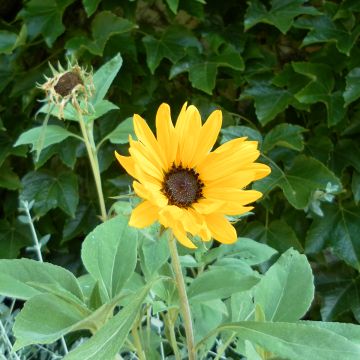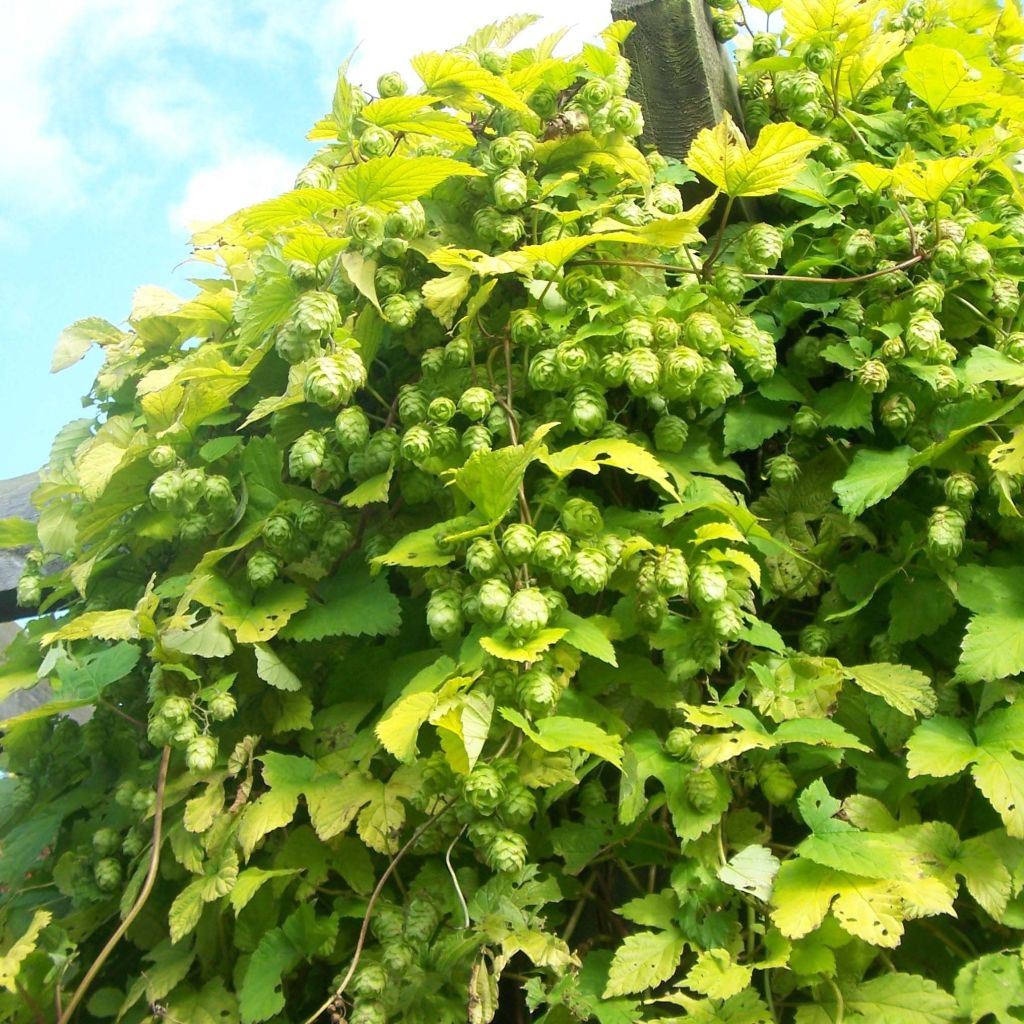

Humulus lupulus - Hop
Humulus lupulus - Hop
Humulus lupulus
Common Hop, Hop
Special offer!
Receive a €20 voucher for any order over €90 (excluding delivery costs, credit notes, and plastic-free options)!
1- Add your favorite plants to your cart.
2- Once you have reached €90, confirm your order (you can even choose the delivery date!).
3- As soon as your order is shipped, you will receive an email containing your voucher code, valid for 3 months (90 days).
Your voucher is unique and can only be used once, for any order with a minimum value of €20, excluding delivery costs.
Can be combined with other current offers, non-divisible and non-refundable.
Why not try an alternative variety in stock?
View all →This plant carries a 6 months recovery warranty
More information
We guarantee the quality of our plants for a full growing cycle, and will replace at our expense any plant that fails to recover under normal climatic and planting conditions.
Description
Hops, in Latin Humulus lupulus, is a vigorous perennial vine that is both ornamental, medicinal, and aromatic. With beautiful foliage from spring to autumn, it is traditionally cultivated for its cones, which are the flowers of the female plants, used to flavour beer. Its young spring shoots can also be consumed like asparagus. In ornamental gardens, hops climb and cover any available support with a cloak of greenery. The seeds produce male and female plants, which can be identified during flowering. Hop seed germination is a bit technical and requires prior seed stratification. This plant thrives in moist soils, even clayey ones, as well as slightly shaded areas.
Humulus lupulus belongs to the Cannabaceae family, just like hemp and hackberry. It is native to Europe, temperate Asia, and northern Africa, where it inhabits cool and humid areas. Hops are found throughout most of our territory, including Corsica. It is a herbaceous vine that is perennial thanks to its large fleshy root, which regenerates all its aerial growth each year and rests underground during winter. Hops are a dioecious plant, meaning there are male and female plants. Once well rooted, a hop plant is capable of producing stems that can reach 8-10 metres (26-33 feet) in a season.
Hops develop herbaceous and voluble stems from their base in spring. They quickly entwine any available support. Their stems have a quadrangular section and bear small hooks that allow the plant to cling to its support. The leaves are nicely divided into 3 to 5 ovate, pointed, and serrated lobes. The colour of the leaves is a fresh green in spring, turning to a deeper green in summer. The inflorescences appear in summer, from June to August depending on the climate. On male plants, they take the form of light, semi-erect panicles, 7 to 14cm (3 to 6in) long, emerging from the axils of the leaves. The tiny flowers have 5 greenish sepals surrounding 5 stamens. The female flowers are cone-shaped catkins that are green-yellow in colour. After pollination by a male plant, seeds develop within the cones. The cones are ovoid in shape, have a scaly appearance, and are covered with a fragrant and powdery resin called lupulin. They are usually harvested in September. The fruits are globose and gray achenes, about 3mm (0in) long, each containing a single seed that will be dispersed by the wind.
In ornamental gardens, hops can quickly hide an unsightly fence or garden shed during the growing season. This vine's natural charm provides an excellent complement to a climbing rose and pairs well with a robust blue-flowered clematis like 'Blue Angel'. It gives new life to an old tree, conceals a tired garden shelter or unsightly structure, and adds a golden glow to a trellis or terrace arbor. The flowers, harvested in September, make beautiful dried bouquets. In the past, they were used to fill pillows to promote sleep.
Harvest: female flowers should be harvested when the cones are still closed, before the scales open. The young shoots are cut in spring when they are still tender. They can be cooked and prepared like asparagus.
The female inflorescences, the cones, have been used to flavour beer since the 8th century. Previously, hops were only used to ensure the preservation of beer. Currently (despite modern preservation technologies), this tradition has remained for the slight bitterness and flavour that hops bring.
Gardener's tip: mulch the base of your hops in summer, as this will reduce the frequency of watering. Note that well-established plants in deep clayey soil can withstand moderate drought periods.
.
Harvest
Plant habit
Foliage
Botanical data
Humulus
lupulus
Fabaceae (Papilionacea)
Common Hop, Hop
Northern Europe
Annual
Other Sweet Pea seeds
View all →Planting and care
Hop Sowing:
It is necessary to stratify your hop seeds by leaving them in your refrigerator for a few weeks.
Then sow them in a tray filled with fine and moist seed compost, from November to March. Cover the seeds with a little seed compost and press down. Keep the compost moist until germination with a sprayer. Be careful not to soak the soil. The germination, which is long and quite difficult, can take 15 days to 2 months.
Wait 3 to 4 weeks after germination to transplant into pots, 6 to 8 weeks to plant permanently.
Hop Planting:
Plant the young hop plants in the spring after the last frost in a sunny location with a rich and deep, well-drained soil. Space the plants 1m (3ft) apart.
Hops are easy to grow in ordinary, deep soil and can tolerate all exposures, with a preference for partial shade. Direct sunlight would scorch its foliage. It shows a preference for clay-limestone and very fertile soils. Plant Hops in a soil that remains moist and provide a good base fertilizer at planting. It will cling to itself thanks to the small hooks on the voluble stems. Install a trellis if you want to cover a wall. Or stretch sturdy wires between two posts if you want to install it in the vegetable garden. Male plants, once identified, can be eliminated if you do not want seeds. The stems detach easily from their support in autumn, as they dry out and die with the first frost. Prune your plant every year to a height of 25cm (10in), in February or March; remember to remove (and possibly replant) the shoots that will otherwise become invasive.
Seedlings
Care
Intended location
Planting & care advice
This item has not been reviewed yet - be the first to leave a review about it.
Similar products
Haven't found what you were looking for?
Hardiness is the lowest winter temperature a plant can endure without suffering serious damage or even dying. However, hardiness is affected by location (a sheltered area, such as a patio), protection (winter cover) and soil type (hardiness is improved by well-drained soil).

Photo Sharing Terms & Conditions
In order to encourage gardeners to interact and share their experiences, Promesse de fleurs offers various media enabling content to be uploaded onto its Site - in particular via the ‘Photo sharing’ module.
The User agrees to refrain from:
- Posting any content that is illegal, prejudicial, insulting, racist, inciteful to hatred, revisionist, contrary to public decency, that infringes on privacy or on the privacy rights of third parties, in particular the publicity rights of persons and goods, intellectual property rights, or the right to privacy.
- Submitting content on behalf of a third party;
- Impersonate the identity of a third party and/or publish any personal information about a third party;
In general, the User undertakes to refrain from any unethical behaviour.
All Content (in particular text, comments, files, images, photos, videos, creative works, etc.), which may be subject to property or intellectual property rights, image or other private rights, shall remain the property of the User, subject to the limited rights granted by the terms of the licence granted by Promesse de fleurs as stated below. Users are at liberty to publish or not to publish such Content on the Site, notably via the ‘Photo Sharing’ facility, and accept that this Content shall be made public and freely accessible, notably on the Internet.
Users further acknowledge, undertake to have ,and guarantee that they hold all necessary rights and permissions to publish such material on the Site, in particular with regard to the legislation in force pertaining to any privacy, property, intellectual property, image, or contractual rights, or rights of any other nature. By publishing such Content on the Site, Users acknowledge accepting full liability as publishers of the Content within the meaning of the law, and grant Promesse de fleurs, free of charge, an inclusive, worldwide licence for the said Content for the entire duration of its publication, including all reproduction, representation, up/downloading, displaying, performing, transmission, and storage rights.
Users also grant permission for their name to be linked to the Content and accept that this link may not always be made available.
By engaging in posting material, Users consent to their Content becoming automatically accessible on the Internet, in particular on other sites and/or blogs and/or web pages of the Promesse de fleurs site, including in particular social pages and the Promesse de fleurs catalogue.
Users may secure the removal of entrusted content free of charge by issuing a simple request via our contact form.
The flowering period indicated on our website applies to countries and regions located in USDA zone 8 (France, the United Kingdom, Ireland, the Netherlands, etc.)
It will vary according to where you live:
- In zones 9 to 10 (Italy, Spain, Greece, etc.), flowering will occur about 2 to 4 weeks earlier.
- In zones 6 to 7 (Germany, Poland, Slovenia, and lower mountainous regions), flowering will be delayed by 2 to 3 weeks.
- In zone 5 (Central Europe, Scandinavia), blooming will be delayed by 3 to 5 weeks.
In temperate climates, pruning of spring-flowering shrubs (forsythia, spireas, etc.) should be done just after flowering.
Pruning of summer-flowering shrubs (Indian Lilac, Perovskia, etc.) can be done in winter or spring.
In cold regions as well as with frost-sensitive plants, avoid pruning too early when severe frosts may still occur.
The planting period indicated on our website applies to countries and regions located in USDA zone 8 (France, United Kingdom, Ireland, Netherlands).
It will vary according to where you live:
- In Mediterranean zones (Marseille, Madrid, Milan, etc.), autumn and winter are the best planting periods.
- In continental zones (Strasbourg, Munich, Vienna, etc.), delay planting by 2 to 3 weeks in spring and bring it forward by 2 to 4 weeks in autumn.
- In mountainous regions (the Alps, Pyrenees, Carpathians, etc.), it is best to plant in late spring (May-June) or late summer (August-September).
The harvesting period indicated on our website applies to countries and regions in USDA zone 8 (France, England, Ireland, the Netherlands).
In colder areas (Scandinavia, Poland, Austria...) fruit and vegetable harvests are likely to be delayed by 3-4 weeks.
In warmer areas (Italy, Spain, Greece, etc.), harvesting will probably take place earlier, depending on weather conditions.
The sowing periods indicated on our website apply to countries and regions within USDA Zone 8 (France, UK, Ireland, Netherlands).
In colder areas (Scandinavia, Poland, Austria...), delay any outdoor sowing by 3-4 weeks, or sow under glass.
In warmer climes (Italy, Spain, Greece, etc.), bring outdoor sowing forward by a few weeks.






























